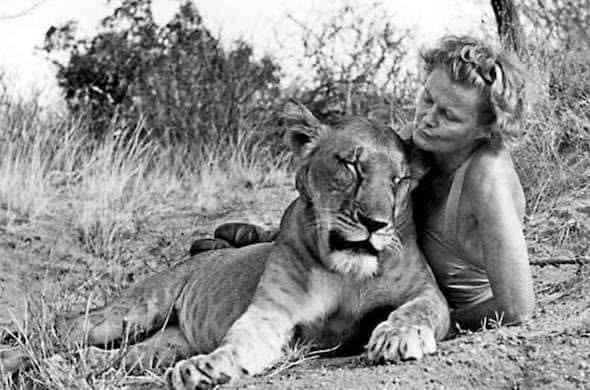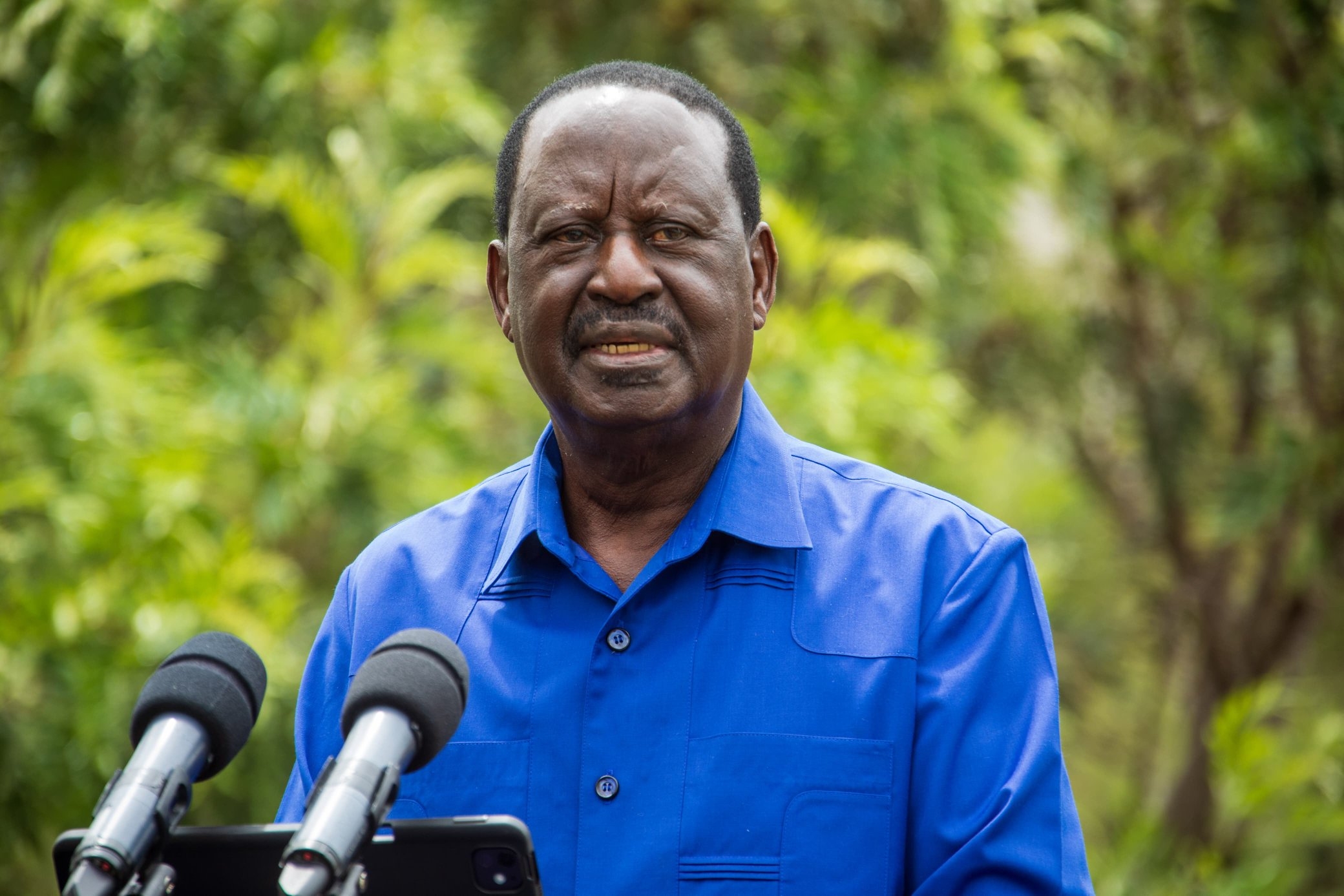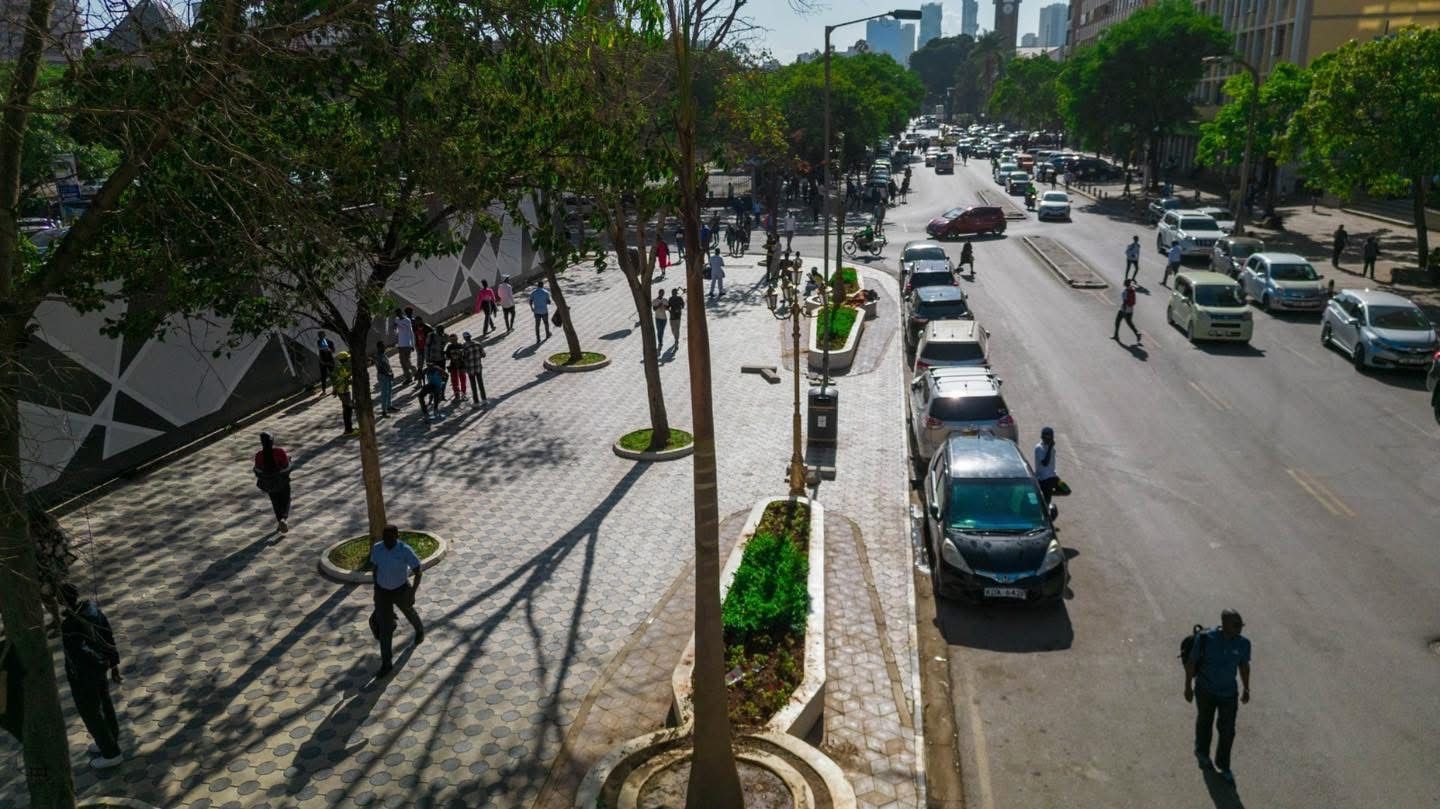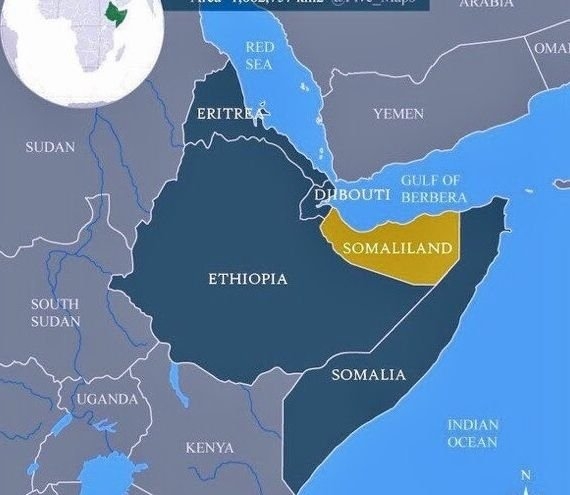

Remote, rugged and remarkably
untouched, Meru National Park remains one of the country’s least-visited yet
most captivating wildlife destinations.
Straddling the equator and
crisscrossed by 13 rivers and mountain-fed streams, the park offers an
immersive experience in pure wilderness, where nature remains unspoiled and
beautifully wild.
According to the Kenya Wildlife
Service (KWS), Meru National Park presents a stunning mix of landscapes from low-lying woodlands at
3,000 feet on the slopes of the Nyambene mountain range to expansive plains
punctuated by doum palms along winding riverbanks.
"Marvelous, remote, rugged and prominently unspoilt,
Meru National Park sits intact in a wilderness less visited, yet surrounded by
undiluted natural beauty,” KWS said.
The park teems with a wide array of
wildlife species, including elephants, lions, cheetahs, leopards, buffaloes,
hartebeests, Grevy’s zebras and the distinctively patterned reticulated
giraffe.
A highlight of any visit is the Rhino
Sanctuary within the park, one of the country’s premier rhino conservation
areas, where both black and white rhinos roam under round-the-clock protection.
“The sanctuary offers one of the
best opportunities to view rhinos in their natural habitat,” KWS said.
“These critically endangered animals
are under 24-hour surveillance for their safety.”
Bird enthusiasts will find Meru National
Park equally rewarding, with over 400 recorded species.
The Murera and Ura rivers are home
to the elusive Peter’s finfoot and the rarely seen Pel’s fishing owl.
Visitors may also spot kingfishers, rollers,
bee-eaters, starlings and weavers. Hippos and crocodiles thrive in the park’s
many rivers, alongside rich populations of fish.
Meru National Park also holds
literary and conservation significance as the setting forJoy Adamson’s famous
book Born Free, which tells the story of Elsa the lioness.
Elsa’s grave remains a poignant marker inside the park and a must-visit for those familiar with her legacy.


On the edge of the park lies the Bisanadi National Reserve, known locally as “Kinna.”
According to KWS, “The border between Meru and Bisanadi marks the traditional division between the Meru and Borana communities.”
This frontier embodies a raw and authentic wilderness.
Activities in the park include game drives, camping, hiking and picnicking.
Visitors can also swim in a natural pool near the Bwatherongi (Kinna) bandas.
The cultural richness of surrounding communities including Ameru, Borana and Tharaka, adds another layer of discovery.
Cultural villages are located near Murera, Bisanadi and Ura gates, offering an opportunity to experience indigenous traditions firsthand.
Located about two hours’ drive from Meru town via Maua, Meru National Park remains one of the country’s best-kept secrets, a pristine wilderness waiting to be explored.

















